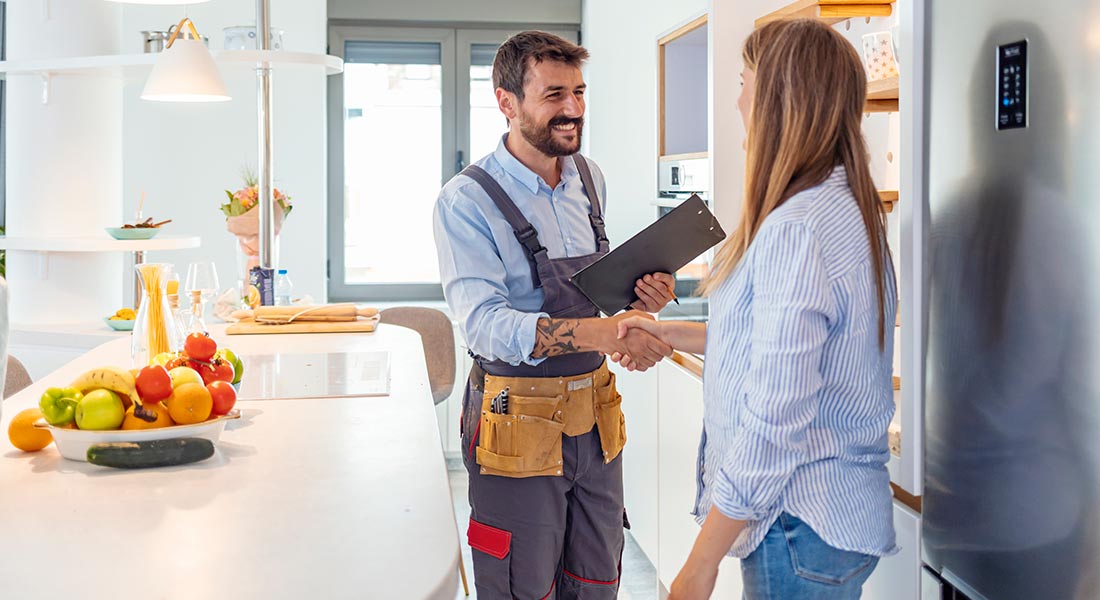Estimated reading time: 3 minutes
Despite the many advantages of upselling LED applications, many contractors are hesitant to try it because they think it might create an awkward situation. However, by communicating the key benefits of LED technology in a friendly and conversational manner, you will position yourself as a trusted advisor instead of a sales-focused contractor. In addition, providing your customers with helpful information about LED applications related to their project helps them build a picture of what can be accomplished and the potential cost savings, which is a win-win.
One thing to remember is that upselling is a process, not a fast transaction. However, listening to your customers’ needs and providing them with sound advice and responsive service will help you upsell more LED applications. All of this can help you develop long-term, profitable business relationships. This Balboa Capital blog post discusses LED upselling tips for contractors.
The LED market at a glance.
Fueled by innovation, LED technology is making tremendous inroads into the United States lighting market, with commercial/industrial and residential applications leading the way. The rapid growth is driven by improved LED performance, declining prices, and a push toward more energy-efficient and environmental-friendly lighting solutions. This presents you with an opportunity to sell more LED lamps and land more retrofit jobs which, ultimately, can help increase your revenues and drive profits.
LED lighting overview.
LED lighting products are more energy-efficient and last longer than traditional lighting solutions, making them an excellent option for various commercial and industrial applications. For example, LED lighting is used at airports, retail stores, hospitals, parking structures, universities, gas stations, restaurants, museums, manufacturing facilities, and bridges.
The energy savings and significantly longer lifespan afforded by LED lights translate into a return on investment for homeowners and business owners. As a result, lighting retrofit projects have increased nationwide. In addition, small businesses that outfit their facilities with LED lights might take advantage of Section 179D, an LED light tax deduction. Section 179D is part of the Section 179 tax deduction, which lets small business owners deduct the cost of eligible equipment purchased and put it into use on or before the deadline, which is midnight, December 31 of the year they are taking the deduction.
ROI is shining bright.
Changing to LED lighting is a smart financial move for your customers. While LED fixtures have a higher price point than traditional lighting, they offer a more significant return on investment (ROI). For example, here is a cost comparison for a commercial retrofit project that involved 100 units.
| Standard Lights | LED Lights |
| Initial investment | Initial investment |
| $500 ($5/each) | $5,000 ($50/each) |
| Wattage | Wattage |
| 15,000 watts (150w/each) | 2,500 watts (25w/each) |
| Electricity cost (.12/kWh) | Electricity cost (.12/kWh) |
| $15,700/year | $2,600/year |
| Lifespan | Lifespan |
| 1,250 hours | 50,000 hours |
| Replacement unit cost | Replacement unit cost |
| $3,504/year | $0 |
| Total annual cost | Total annual cost |
| $19,200 | $2,600 |
| Total cost | Total cost |
| $110,500 | $20,000 (a $90,500 savings) |
| Break-even point | Break-even point |
| Not applicable | About 5 months |
The potential savings for your customers will vary based on the size and scope of the project(s) at hand and the required LED applications. For example, homeowners and small businesses can spend between $5,000 and $30,000 on an LED retrofit. On the other hand, large companies, commercial entities, and government-mandated projects can easily have budgets up to half a million dollars or more for new developments and retrofits.
LED retrofit jobs to target.
Nobody knows your contracting business like you. So, when it comes time to target potential retrofit projects, start with those within your capabilities to ensure optimum success. For example, you might want to contact small retail stores, restaurants, homeowners, or healthcare practices in your geographic area.
Once you start building your portfolio of LED retrofit projects, you can contact home builders, apartment complexes, and larger establishments such as hotels, warehouses, shopping malls, and automotive dealers. Over time, you will increase your brand awareness, differentiate yourself from the competition, and position your contractor business for success through professional referrals and federal, state, and local government contracts.
Section 179 limits and information on the Balboa Capital website are for illustrative purposes only; the Section 179 limits and information provided are subject to change by the IRS. Please visit the IRS website or consult a qualified tax professional for confirmation of the current Section 179 limits and information related to your situation.
The opinions voiced in this material are for general information only and are not intended to provide specific advice or recommendations for any individual.
